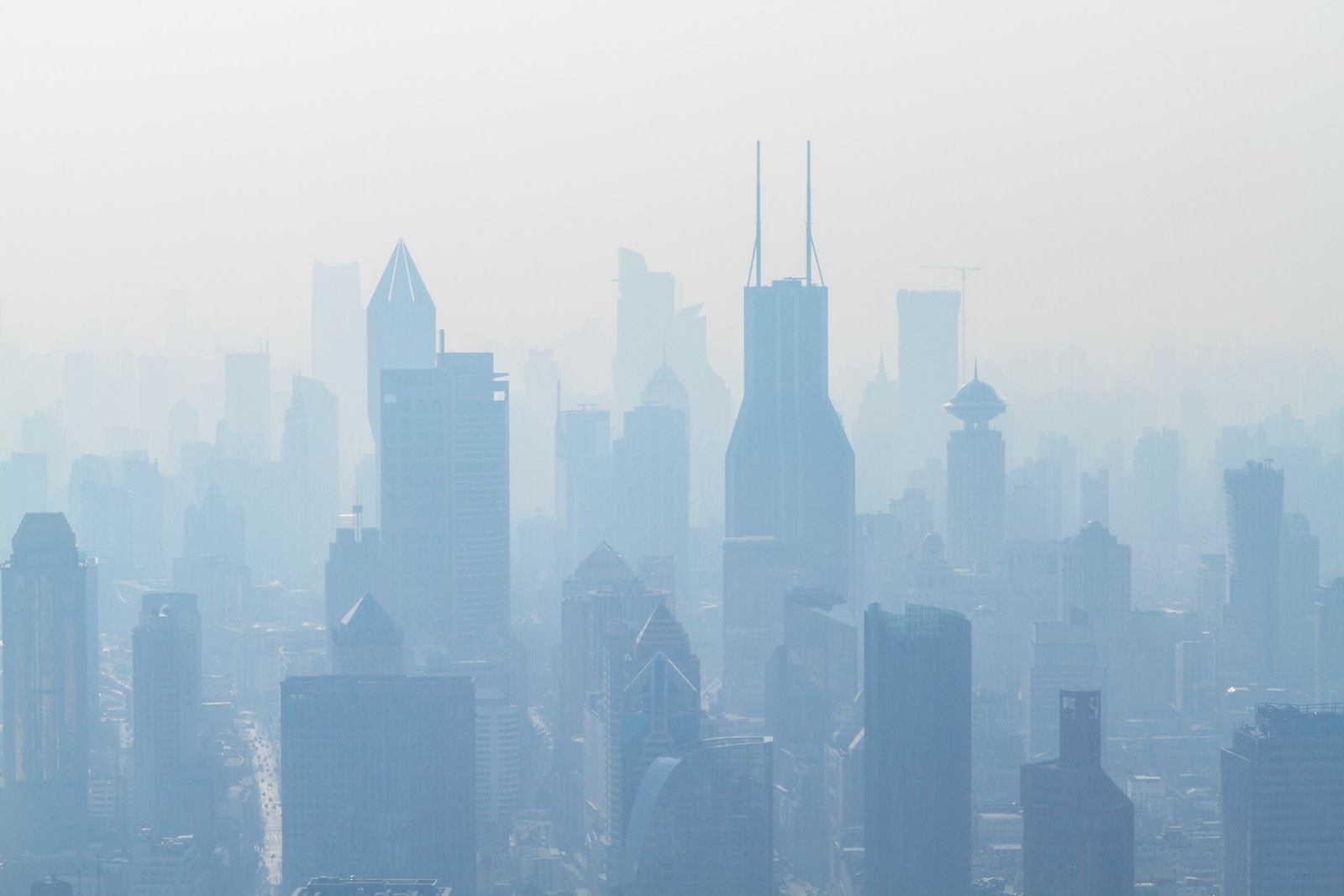
Change the way you consume marijuana during air quality alerts
Wildfires have broken out in Canada and hundreds of millions of Canadians and Americans are subject to an air quality warning. Dense smoke covers eastern Canada and the northeastern United States from Virginia to Maine. New York City reportedly had the worst air quality in the world yesterday. Masks, closed windows on hot days, and air purifiers are in demand, so maybe it’s time to change the way you consume marijuana.
Joints and pre-rolls are the most popular form of cannabis consumption and account for a significant portion of sales. But smoking in an already closed environment could create short- and long-term problems that spoil the experience.
Photo by HighGradeRoots/Getty Images
RELATED: Heatwaves and Weed: 5 Ways Summer Heat Can Affect Your High
“The fine dust particles that are in this haze are important because they irritate the bronchioles, which are the small tubes that reach into your lungs and connect to the alveoli, the air sacs that allow you to breathe,” says Dr . Bob Lahita, director of the Institute of Autoimmune and Rheumatic Diseases at St. Joseph’s Health, told CBS News. “This is annoying in people without asthma, but if you have asthma, chronic obstructive pulmonary disease, heart failure, or anything affecting your lungs or even your heart, you should stay home.”
Smoking, be it cigars, joints or cigarettes, irritates the lungs. Smoked marijuana, regardless of how it’s smoked, can damage lung tissue and lead to scarring and damage to small blood vessels. With the current poor air quality, you are more likely to cough and cough more frequently, which is definitely a detriment to your cold. There are many ways to consume marijuana, including edibles and oils that you can take with you on a trip.
RELATED: Cannabis Basics: 8 Ways to Enjoy Marijuana Without Smoking it
Another example of the current disturbance in the atmosphere is travel. Smoke from wildfires in Canada is a serious concern for airlines. It created conditions that caused more delays than rain or fog, the Federal Aviation Administration said. According to the FAA’s Kevin Morris, airlines depend on advanced navigation systems on the planes and on the ground.

Post a comment: